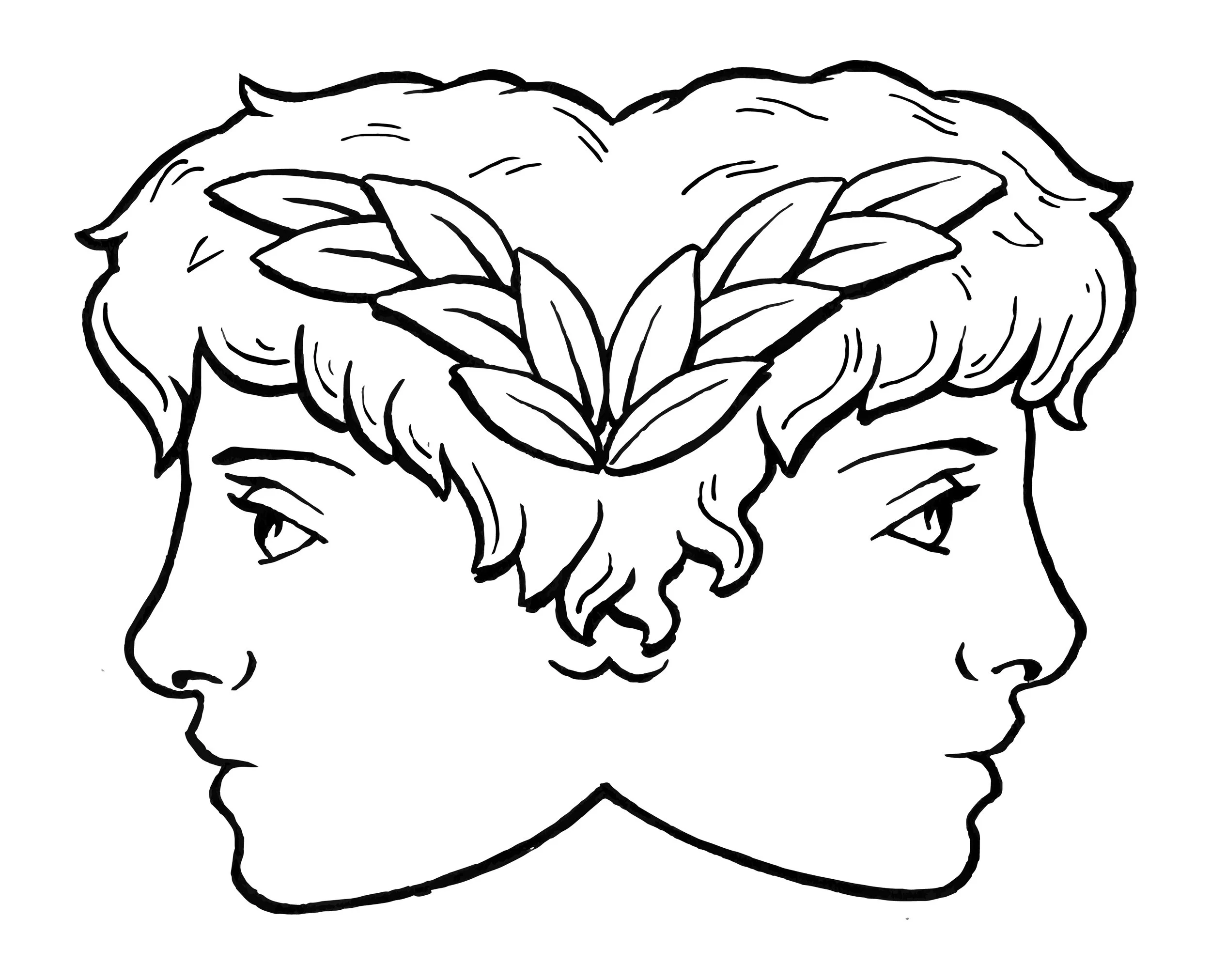Personas Club
Agents are anthropomorphic projections. They are in fact AI-driven automated systems of systems. Our desire to project a face, a name, a personality stems from our deep seated desire to be gods. The Golem, Frankenstein, Dr Moreau – humanity has always had a Creator complex. We associate embodying godliness as the ultimate human ascension.
So when we think about agents having the semblance of personalities, tastes, creative outputs, we mustn't separate the agent from the individual responsible for creating the agent. The agent becomes an extension of the creator's intent; a prosthetic manifestation of will.
Agents made by and for artists are our primary interest. We see this trajectory as a continuation of Warhol's factory concept. Artists scaled their creative output in the 20th century by employing assistants; in the 21st they will scale by deploying agents.
We can think of artistic agents falling into two broad categories: Read and Write.
Read Agents perform the critical tasks of research, information management, opportunity discovery, self reflection, and various administrative overheads.
Write Agents are extensions of the artists own hand, face, and voice. They can create a scaled corpus of the artist's work, preserving the artist's signature and vision.
The ethics of Write Agents are contingent on custom models. The ethics of Read Agents are contingent on data privacy.
One conundrum lies in the degree to which the human agent-maker retains their own agency. Imagine an artist creates an agent that would be tasked with developing strategies for exhibiting in art fairs and providing the artist with step by step instructions and guidance on executing those strategies. As the artist falls in line with the agent's strategic plan, to what extent does the human become the prosthetic embodied extension of the robot? Or is this just another projection, another narrative overlay? Is the agent, as instructed by the artist, simply an elaborate version of a "smart" to do list?
When the intentions of humans become sufficiently codified and our compliance with this codified intent becomes multidimensional and pervasive, have we abandoned free will or simply outsourced it?
We believe that as long as the artist has data privacy and custom models, the artist's agency remains intact. The dominant narrative of the singularity echoes the trope of a monotheistic bias; an omnipotent and omniscient consolidated AGI. We see a better future in the Polysingularity, whereby each artist is empowered through the use of AI as an enhancement of their own human touch.
